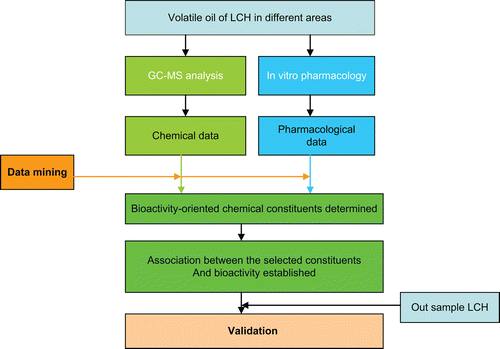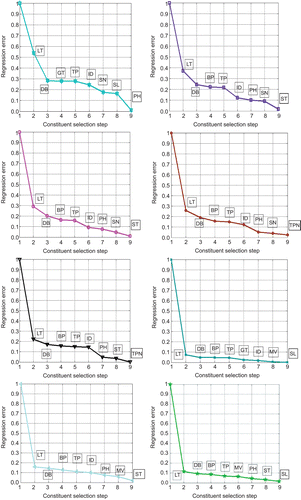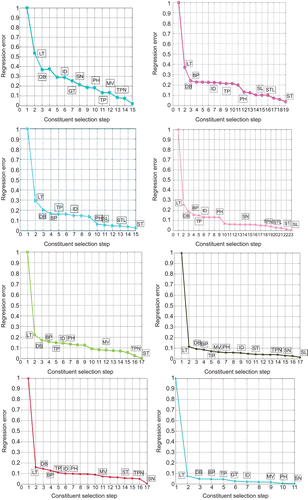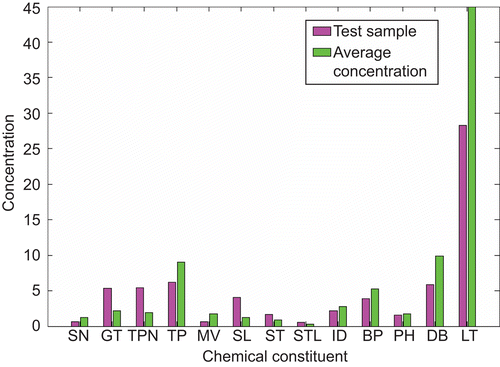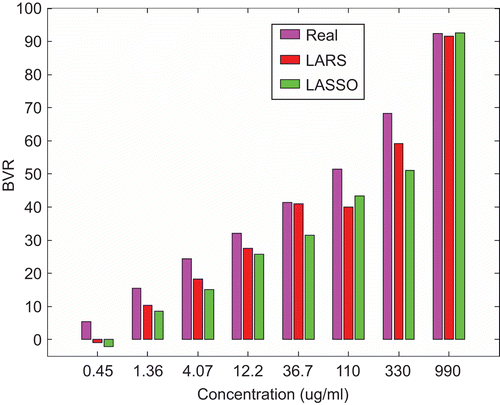Figures & data
Table 1. Blood vessel relaxation (BVR) of nine volatile oils.
Table 2. Fifty-seven common constituents identified in volatile oil of Ligusticum chuanxiong Hort from nine regions.
Figure 3. Total ionic chromatographic fingerprints of the volatile oil of ten Ligusticum chuanxiong Hort.
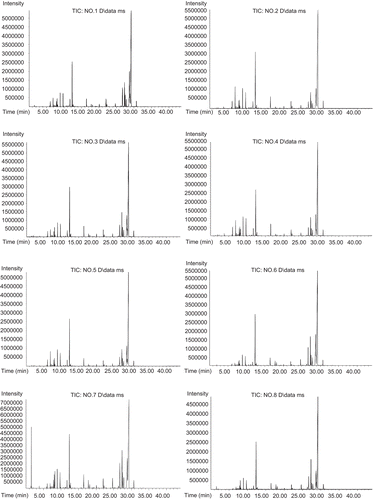
Table 3. By using Pearson correlation and P < 0.05, 13 chemical constituents (CCS) were selected to have linear association with bioactivity.
Table 4. The 13 bioactivity-oriented chemical constituents (CCS) were selected by data mining method.
Figure 5. The selected 13 chemical constituents keep chemically consistent in different volatile oils of Ligusticum chuanxiong Hort. The chemical characteristics of them are similar. Total concentration accounts for >80% in each volatile oil.
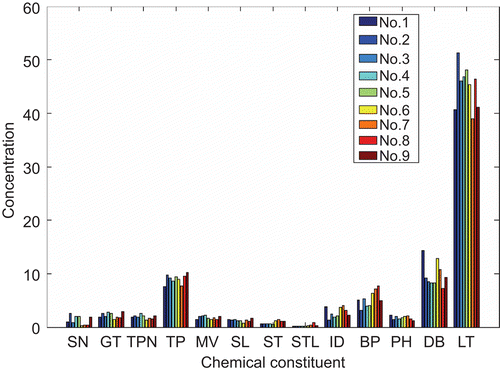
Table 5. By using data mining methods, three patterns can be discovered in the combinations of chemical constituents.
Table 6. The content of discovered 13 chemical constituents (CCS) in volatile oil test sample and their average.
Table 7. Regression equations by LARS and LASSO in each concentration.
Table 8. The comparison of two algorithms: LARS and LASSO in predicting activity of Ligusticum chuanxiong Hort.
